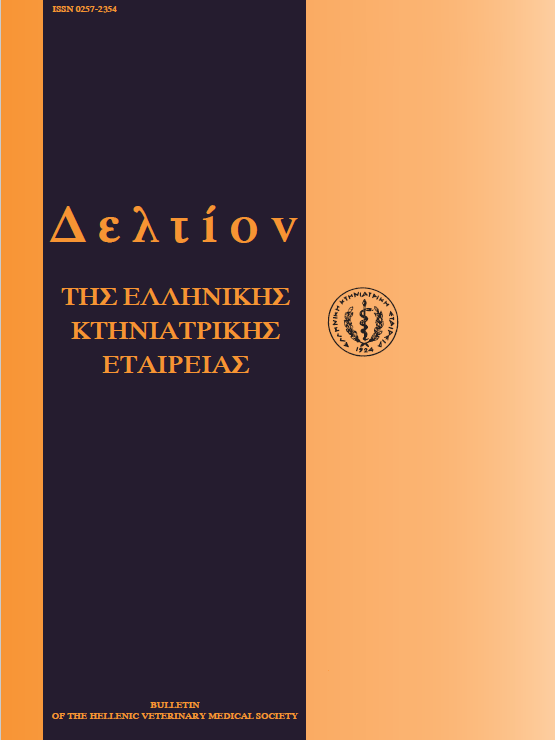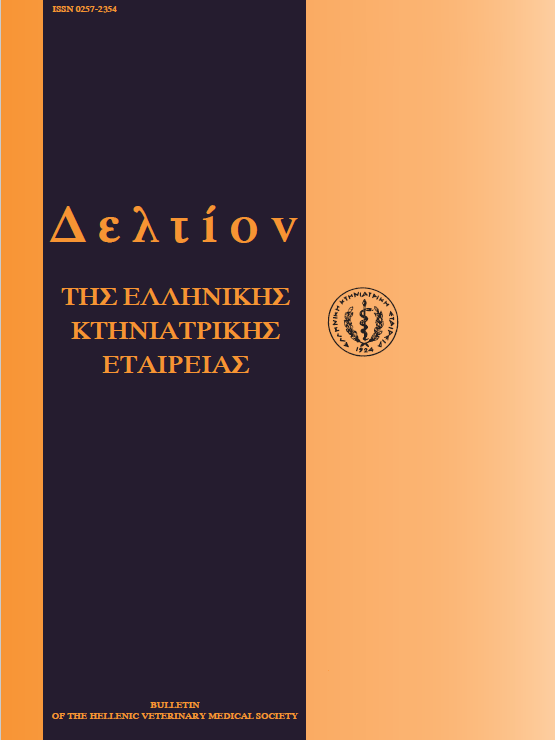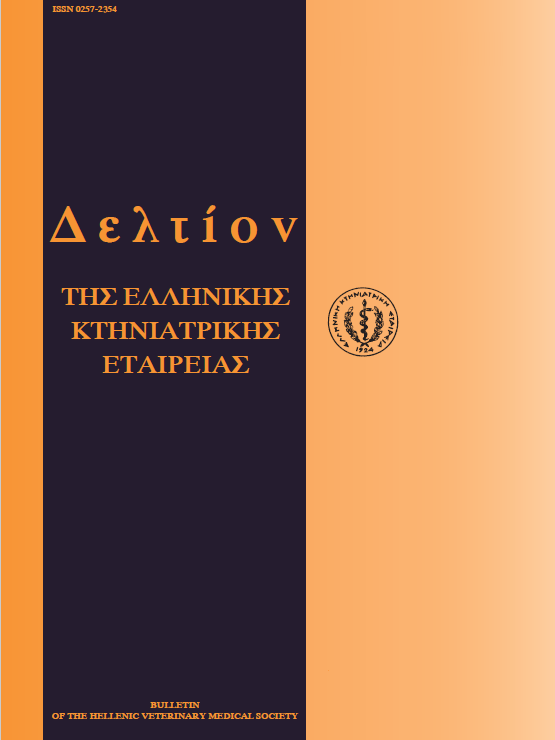Antimicrobial susceptibility of Enterococcus spp. isolated from freshwater fish and personnel and equipment of fish markets in northern Greece

Abstract
In total, 270 samples from freshwater fish and personnel and equipment from retail fish markets in three cities in northern Greece, were examined for presence of antimicrobial resistance and biogenic amine production of Enterococcus spp. strains. Enterococci were isolated from 9.6% of the samples; from 7.4% and 2.2%, respectively, Enterococcus faecium and Enterococcus casseliflavus were recovered. Isolates were tested for antibacterial susceptibility to 20 antibiotics used regularly in Greek hospitals. All isolates except one were multi drug resistant, to 7-15 antibiotics. Increased rates of resistance were recorded to penicillin, cephalosporins and erythromycin. Relatively increased rates were recoreded to quinupristin/casdalfopristin and linezolid, drugs commonly used as treatment options of infections by vancomycin-resistant enterococci. One E. faecium and one E. casseliflavus isolate showed intermediate resistance to vancomycin. Multiplex PCR assay for presence of van genes in E. faecium was negative. All E. faecium isolates and one third of E. casseliflavus isolates were able to decarboxylate tyrosine, but not histidine, ornithine or lysine. The results indicate that freshwater fish and fish markets are potential reservoirs of multi-drug resistant enterococci.
Article Details
- How to Cite
-
SERGELIDIS (Δ. ΣΕΡΓKΕΛΙΔΗΣ) D., ABRAHIM (Α. ΑΜΠΡΑΧΙΜ) A., PAPADOPOULOS (Θ. ΠΑΠΑΔΟΠΟΥΛΟΣ) T., KIRKOUDIS (Ι. ΚΥΡΚΟΥΔΗΣ) J., ANAGNOSTOU (Β. ΑΝΑΓΝΩΣΤΟΥ) V., PAPAVERGOU (Α. ΠΑΠΑΒΕΡΓΟΥ) A., & PAPA (Α. ΠΑΠΑ) A. (2017). Antimicrobial susceptibility of Enterococcus spp. isolated from freshwater fish and personnel and equipment of fish markets in northern Greece. Journal of the Hellenic Veterinary Medical Society, 64(4), 239–249. https://doi.org/10.12681/jhvms.15503
- Issue
- Vol. 64 No. 4 (2013)
- Section
- Research Articles
Authors who publish with this journal agree to the following terms:
· Authors retain copyright and grant the journal right of first publication with the work simultaneously licensed under a Creative Commons Attribution Non-Commercial License that allows others to share the work with an acknowledgement of the work's authorship and initial publication in this journal.
· Authors are able to enter into separate, additional contractual arrangements for the non-exclusive distribution of the journal's published version of the work (e.g. post it to an institutional repository or publish it in a book), with an acknowledgement of its initial publication in this journal.
· Authors are permitted and encouraged to post their work online (preferably in institutional repositories or on their website) prior to and during the submission process, as it can lead to productive exchanges, as well as earlier and greater citation of published work.





